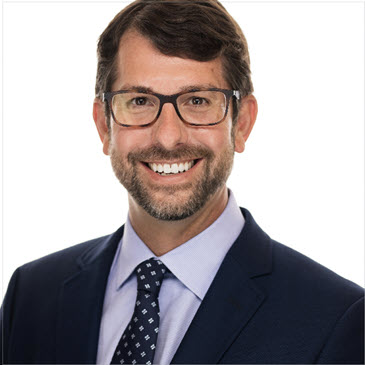Connected Energy: Partnerships That Move Us Forward
Highlights From Clean Fuels Conference Panel Discussion
Clean Fuels Alliance America (“CFAA”) held their annual Clean Fuels Conference earlier this year in Fort Worth, TX. Todd Ellis, Chevron Vice President of Sales and Marketing, was a featured panelist during a session discussing the importance of partnerships in the journey to lower carbon fuel solutions that also included leaders from BNSF, Optimus Technologies and the City of Ames (IA).

Todd Ellis, Vice President of Sales and Marketing
“Connected Energy: Partnerships That Move Us Forward”
BNSF and Chevron
Partnership Highlights
John Lovenburg, BNSF Vice President of Environment and Sustainability, recapped the company’s commitment to achieving a 30% reduction in greenhouse gas emissions by 2030 from a baseline year of 2018. BNSF has customers that require them to have scienced-based targets.
- Lovenburg said that to achieve this GHG emissions goal by 2030, BNSF is focusing on three areas: fuel efficiency, renewable fuels (diesel and biofuels) and advanced energy.
- Reaching targets requires implementing fuel-efficient technologies and that’s where the partnership between Chevron and BNSF originated.
- The BNSF-Chevron partnership plays an important role in helping reach those targets.
- Ellis elaborated on the partnership, “When you think about it, we’ve been partners for more than 100 years. We’ve learned what it takes to be good partners. We’ve looked at supply chain, logistics, operation efficiencies and optimization to ensure we have a reliable service. We also rely on BNSF to deliver feedstocks and methanol to our facilities and the finished product that goes out to our customers. As a fuel supplier to BNSF, it’s critical that we can commit to and ensure reliable service and fuel into their infrastructure so they can meet their customers’ demands.”
Partnership Results
- The work with Chevron started with an 80% renewable diesel blend and a 20% biodiesel blend. “By the end of 2023, manufacturers have upped from a 5/30 to a 11/50 blend. This was planned to be a three-year test and it’s getting compressed down to two years because manufacturers are saying we’re probably moving to a 95% or 100% renewable blend and a 20% biodiesel blend,” Lovenburg said.
- In Barstow, CA, there is testing happening on higher percentage blends in locomotives in which BNSF is working with three other class 1 railroads and the Southwest Research Institute to look at full range of locomotives and test these blends in different conditions.
- In 2022, locomotives were using a 5% biodiesel blend (B5) and a 30% renewable diesel blend (R30).
City of Ames, Optimus Technologies and Chevron
Partnership Highlights
- Rich Iverson, Fleet Manager for the City of Ames, said the city has been on the forefront of sustainability as an early adopter of biodiesel and part of the pilot project for B100 using the Optimus Vector system in snowplows.
- “First day out of the chute we had a major blizzard. It was about 12 degrees below zero and there was a lot of skepticism on the operator side about whether this was going to work. It worked flawlessly and has worked flawlessly since we had them installed in January 2020,” said Iverson.
- Ellis added, “Ames did not have a fuel terminal in the city, so we brought a 12,000-gallon tank on site to the fueling hub. That was our way of demonstrating that we were going to be that reliable supplier.”
Partnership Results
- In 24 months, this invaluable partnership enabled the City of Ames to offset its diesel carbon emissions by an impressive 25% annually. Today, the entire fleet of snowplows is powered with B100.
- The City of Ames hopes to be a resource to other cities that may be looking for lower carbon fuel solutions for their fleets. Iverson said, “One of the things that we want to do is share our successes and help other communities and municipalities to build their climate action plans.”
Lori Dunn, COO of Optimus Technologies, said, “We really enjoy partnering with folks like Chevron because they have refineries in the areas where our customers are, and then we have the Clean Cities coalitions in these areas who are able to create the partnerships between companies in the cities and companies like ours."